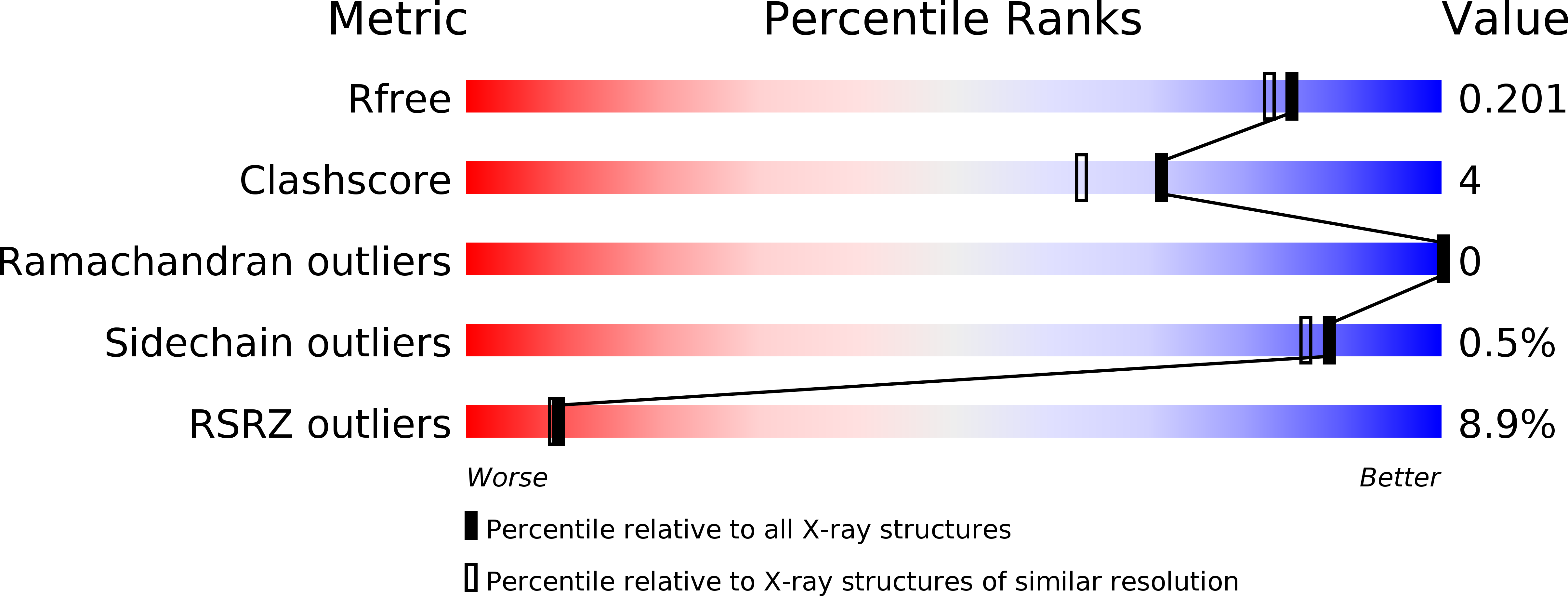
Deposition Date
2019-05-08
Release Date
2019-11-20
Last Version Date
2024-11-13
Method Details:
Experimental Method:
Resolution:
1.77 Å
R-Value Free:
0.20
R-Value Work:
0.16
R-Value Observed:
0.17
Space Group:
P 43


